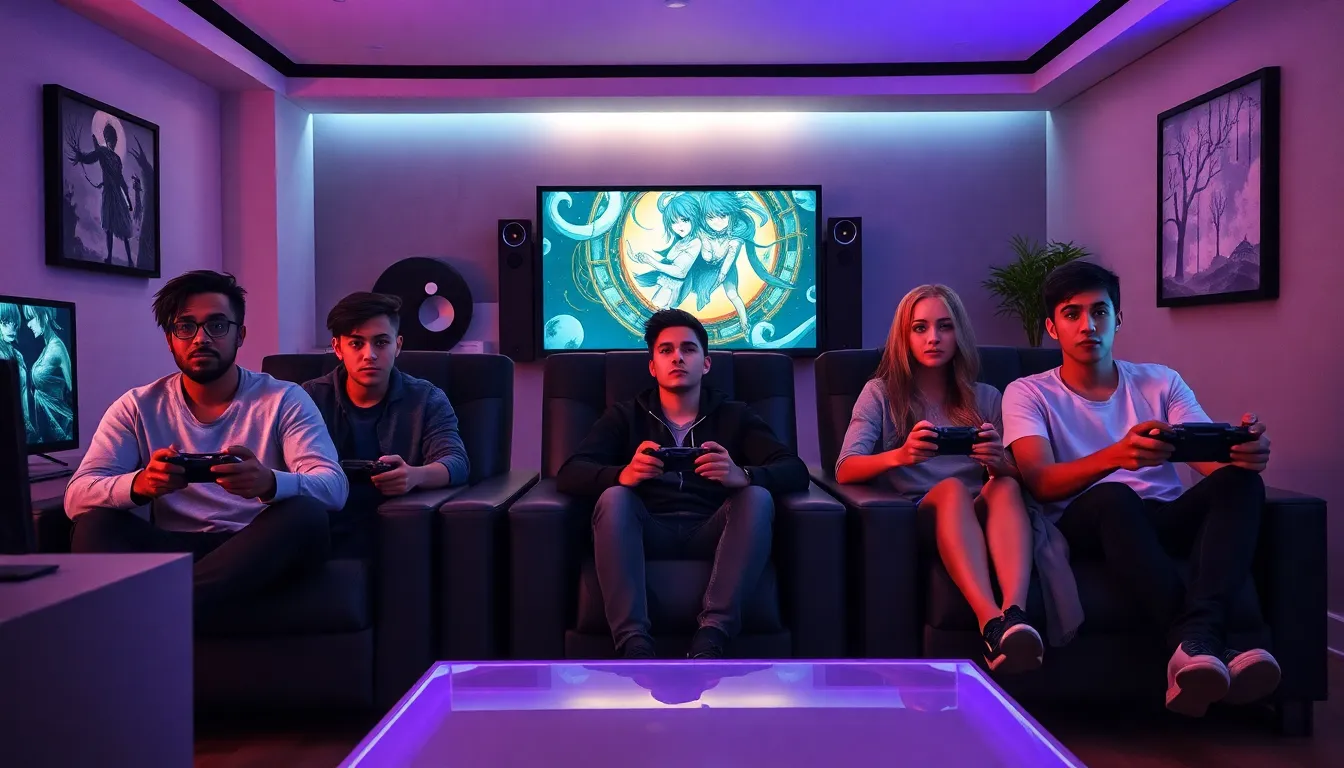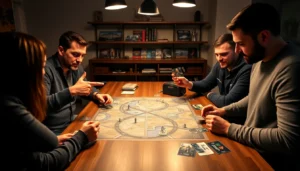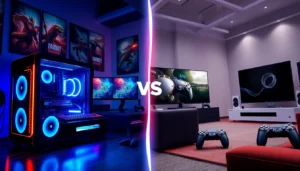Table of Contents
ToggleWhen you think of horror, you might picture dark, twisted hallways or ghostly apparitions lurking in the shadows. But what if this horror came wrapped in the colorful, often whimsical art style of anime? Believe it or not, anime horror games are a fascinating mix of chills and thrills. They create an atmosphere of fear that’s as striking as it is unique. Buckle up, because it’s about to get spooky in here.
The Rise of Anime Horror Games

In recent years, the landscape of video gaming has seen a surge in the popularity of anime horror games. This trend didn’t emerge overnight: it built steadily as players began to appreciate the depth of storytelling combined with stunning visuals typical of anime. The fusion of Japanese culture, often rich in folklore and supernatural elements, has given rise to games that not only terrify but also engage players on a narrative level. Titles like Fatal Frame and Yomawari have laid the foundation, proving that horror can coexist with stunning artwork and intricate storylines, captivating audiences across the globe.
Besides, the accessibility of digital platforms has facilitated indie developers entering this genre. As more creators jump into these unique horror narratives, the variety of experiences and styles has skyrocketed, offering gamers a buffet of spine-chilling titles to choose from.
Defining Characteristics of Anime Horror Games
What truly sets anime horror games apart from other horror genres? Several key characteristics come to mind. First, there’s the distinct art style, which often blends colorful and exaggerated character designs with dark themes. This juxtaposition enhances the eerie atmosphere, inviting players into worlds where dread lurks just beneath the surface.
Second, a strong emphasis on storytelling prevails. In anime horror games, narratives are typically rich and layered, encompassing themes of loss, fear, and the supernatural. Players are not merely surviving: they’re often unraveling mysteries tied to their characters’ histories, creating a more immersive experience.
Also, sound design plays a crucial role. Ominous soundtracks combined with unsettling sound effects heighten suspense, making every creak and whisper a potential trigger for a jump scare. This deliberate use of audio keeps players on their toes, ensuring they remain ingrained in the game’s haunting atmosphere.
Top Anime Horror Games to Play
Searching for the best in the genre? Here’s a list to kickstart your collection:
- Corpse Party – Initially a RPG Maker title, it has grown into a franchise that encapsulates fear and psychological horror, exploring dark themes associated with death and regret.
- Danganronpa – A quirky mix of murder mystery and visual novel elements. While it carries a lighter tone, it doesn’t spare from gruesome outcomes, keeping players questioning the limits of humanity.
- The Somnium Files – This richly narrative-driven game features surreal dreams tied to crimes, blending themes of technology and morality.
- Yomawari: Night Alone – With its unique perspective of a young girl searching for her lost sister, it marries adorable art with eerie narratives, amplifying the horror through isolation and solitude.
- Fatal Frame series – Known for its unique gameplay mechanics that involve capturing spirits with a camera, this classic offers true horror vibes with each chilling encounter.
The Influence of Anime in Game Design
Anime’s influence on game design extends beyond aesthetics. It has shaped how stories are told and experienced within games. The emotive character designs and dramatic storytelling often seen in anime have permeated game mechanics, pushing developers to prioritize player connection to characters.
Also, the integration of quick time events (QTEs) and visual novel elements has become more prevalent, allowing players to immerse themselves into the gameplay even further. Games often mimic anime tropes, using moments of lightheartedness to offset horror elements, balancing tension and relief.
Cultural Themes in Anime Horror Games
The cultural underpinnings of anime horror games are deeply rooted in Japanese mythology and folklore. Many titles explore traditional stories of yūrei (ghosts) and folklore creatures like yōkai, adding a layer of authenticity that appeals to fans of the genre. Developers weave these elements into the gameplay, immersing players in themes that resonate not just with horror, but also with cultural narratives and historical anecdotes.
Community and Fan Reactions
Audience reactions to anime horror games are as varied as the games themselves. Fans revel in the more profound aspects of storytelling, often engaging in discussions around the intricate lore and character motivations. Multiplayer features, like in Danganronpa, invite communities to piece together clues and theories, creating vibrant fan interactions.
But, there’s also a pocket of dissent. Some traditional horror gamers argue that anime’s colorful art and quirky characters dilute the horror experience. Yet, these mixed reviews often fuel further dialogue, nurturing a community that thrives on analyzing and dissecting these unique gaming experiences.




